C-SCOPE PROMET3 User manual
- Category
- Measuring, testing & control
- Type
- User manual
This manual is also suitable for
C-SCOPE PROMET3 is a high-performance metal detector that is both easy to use and very effective. It is designed to be used by both novice and experienced users and is suitable for a wide range of applications, including coin shooting, relic hunting, and prospecting.
The PROMET3 has a number of features that make it a great choice for metal detecting. These features include:
- Automatic tuning: The PROMET3 automatically tunes itself to the ground conditions, so you don't have to worry about adjusting the settings manually. This makes it easy to use, even for beginners.
- Discrimination: The PROMET3 can discriminate between different types of metal, so you can focus on finding the objects you're interested in.
C-SCOPE PROMET3 is a high-performance metal detector that is both easy to use and very effective. It is designed to be used by both novice and experienced users and is suitable for a wide range of applications, including coin shooting, relic hunting, and prospecting.
The PROMET3 has a number of features that make it a great choice for metal detecting. These features include:
- Automatic tuning: The PROMET3 automatically tunes itself to the ground conditions, so you don't have to worry about adjusting the settings manually. This makes it easy to use, even for beginners.
- Discrimination: The PROMET3 can discriminate between different types of metal, so you can focus on finding the objects you're interested in.













-
 1
1
-
 2
2
-
 3
3
-
 4
4
-
 5
5
-
 6
6
-
 7
7
-
 8
8
-
 9
9
-
 10
10
-
 11
11
-
 12
12
-
 13
13
C-SCOPE PROMET3 User manual
- Category
- Measuring, testing & control
- Type
- User manual
- This manual is also suitable for
C-SCOPE PROMET3 is a high-performance metal detector that is both easy to use and very effective. It is designed to be used by both novice and experienced users and is suitable for a wide range of applications, including coin shooting, relic hunting, and prospecting.
The PROMET3 has a number of features that make it a great choice for metal detecting. These features include:
- Automatic tuning: The PROMET3 automatically tunes itself to the ground conditions, so you don't have to worry about adjusting the settings manually. This makes it easy to use, even for beginners.
- Discrimination: The PROMET3 can discriminate between different types of metal, so you can focus on finding the objects you're interested in.
Ask a question and I''ll find the answer in the document
Finding information in a document is now easier with AI
Related papers
-
 C-SCOPE CS6PI Specification
C-SCOPE CS6PI Specification
-
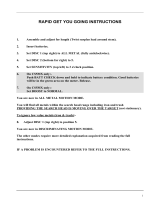 C-SCOPE CS5MX User manual
C-SCOPE CS5MX User manual
-
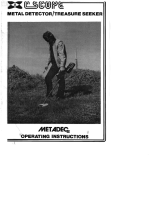 C-SCOPE METADEC II Operating instructions
C-SCOPE METADEC II Operating instructions
-
 C-SCOPE VLF.TR 1200B Operating instructions
C-SCOPE VLF.TR 1200B Operating instructions
-
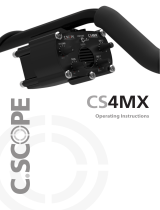 C-SCOPE CS4MX Operating instructions
C-SCOPE CS4MX Operating instructions
-
C-SCOPE CS6MX Operating instructions
-
C-SCOPE CS6MX Operating Instructions Manual
-
C-SCOPE CS6MX Operating Instructions Manual
-
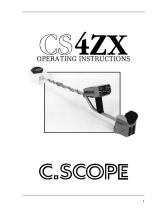 C-SCOPE CS4ZX Operating instructions
C-SCOPE CS4ZX Operating instructions
-
C-SCOPE CS990XD User manual
Other documents
-
Elenco EDU36966 Owner's manual
-
Velleman CS5MXP Datasheet
-
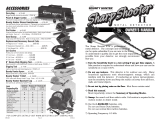 Bounty Hunter SS2GWP Malay
Bounty Hunter SS2GWP Malay
-
Nexus Metal Detectors User manual
-
Velleman Perel CMD01N User manual
-
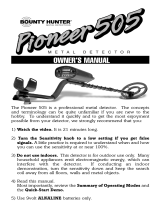 Bounty Hunter PIONEER 505 Owner's manual
Bounty Hunter PIONEER 505 Owner's manual
-
GARRETT Master Hunters® ADS II and ADS III Owner's manual
-
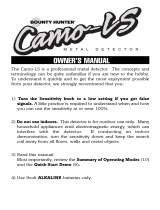 Bounty Hunter Camo LS Owner's manual
Bounty Hunter Camo LS Owner's manual
-
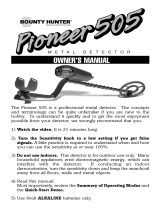 Bounty Hunter PIONEER 505 Owner's manual
Bounty Hunter PIONEER 505 Owner's manual
-
GARRETT A2B and ADS-Goldhunter Owner's manual






















